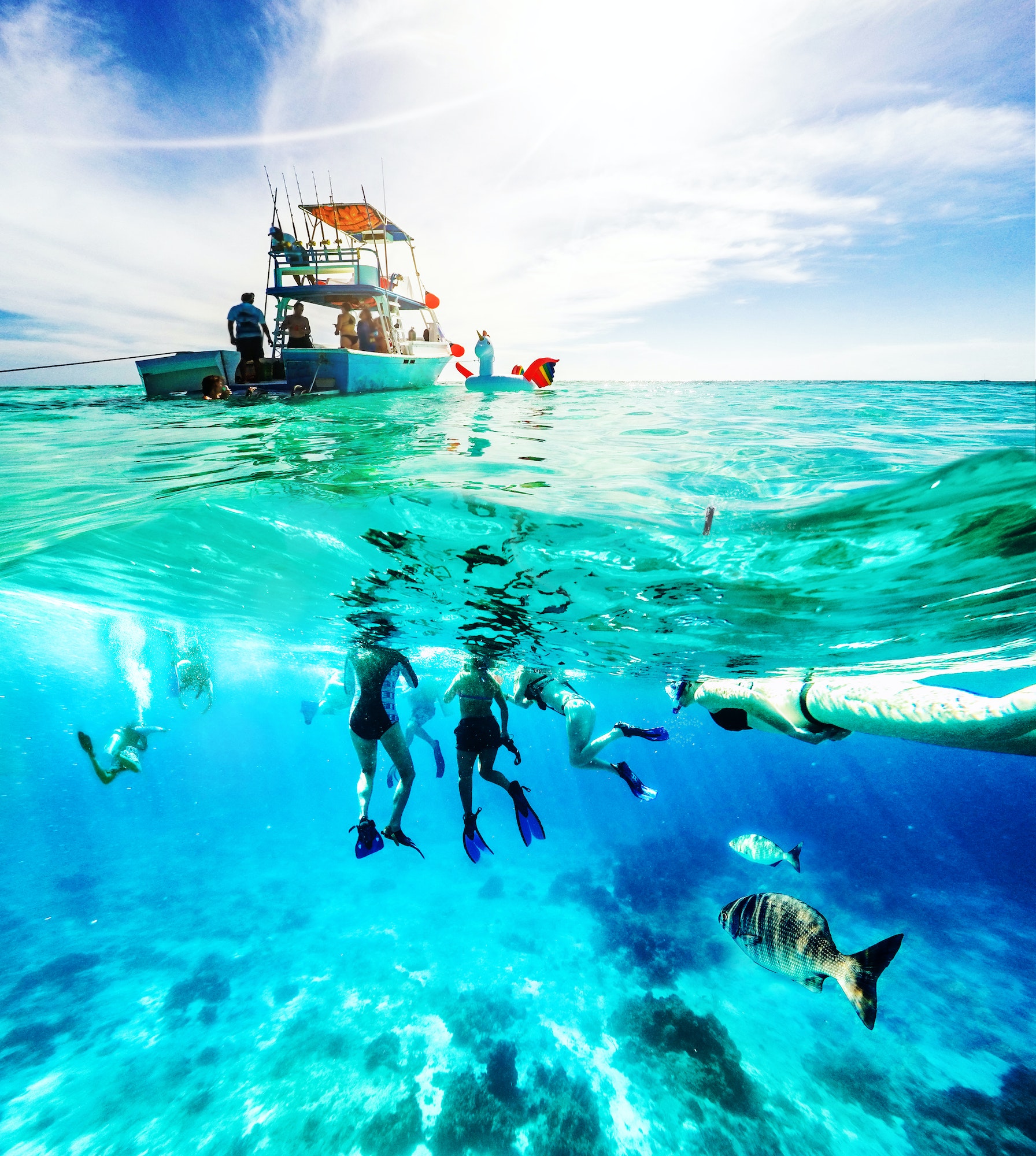Whether you have been diving for years or have never tried it, there are some basic safety measures that you can take to ensure that your dives are safe and enjoyable. You will also want to make sure that you have the proper equipment to make your experience even more fun.
Recreational vs technical diving
Whether you’re a seasoned diver or just looking to try scuba diving for the first time, you probably have some questions about the differences between recreational and technical diving. What are the advantages and disadvantages of each?
Recreational diving involves a quick ascent to the surface, which is why it’s popular with divers who are new to diving. In addition, most popular diving sites are in tropical or subtropical destinations.
On the other hand, technical diving is an advanced form of scuba diving that includes wrecks and caves. It also involves using multiple gas mixes during one dive. For example, you might be diving with an x/35 blend of gases to boost your oxygen percentage and improve your decompression time.
Technical diving is much more complex than recreational diving, and requires more training and gear. It also carries more risks. For example, nitrogen narcosis, a condition that occurs when nitrogen builds up in your body, is a serious concern for divers.
Safety measures to take
Regardless of whether you’re a beginner or a seasoned scuba diver, there are safety measures to take when scuba diving. Taking them is not only a way to avoid injury, but also to make the most of your time underwater.
Before a dive, check the equipment to make sure it’s in good working condition. Also, keep track of the pressure gauges. This is especially important if you’re planning a deep dive.
Also, keep in mind the dive time and your air supply. Ideally, you should ascend slowly after every dive. This will help nitrogen gas from your body to dissipate. If you ascend too quickly, you risk acquiring decompression sickness.
It’s also important to check the pressure of the air in your tank. If the gauge is low, don’t try to scuba dive again. It may cause decompression sickness or worsen an existing condition.
Always keep your diving buddy aware of your progress. If he or she is not attentive, your dive may end up in a life-threatening situation.
Equipment to bring
Choosing the right scuba diving equipment for your trip is essential to your safety. Depending on the destination and the level of diving, you may want to pack a variety of accessories. You should also check with your dive operator about what equipment they have available.
The main piece of dive equipment is the regulator. This device converts highly pressurized air from a scuba tank into ambient pressure. It is important to choose a regulator that will work well with your body.
Another piece of equipment you will need is a depth gauge. It is a digital or analog device that shows how deep you are. This is especially important for night diving. During the day, you may also use dive lights to help you navigate underwater.
You may also want to consider carrying a first aid kit. This kit should include bandages, pain medications, and wound care items. It is also a good idea to have a mouthpiece and a fin strap.
Deaths due to equipment malfunction, low air supply, and procedural mistakes
Sadly, there have been a number of scuba diving deaths due to equipment malfunction, low air supply, and procedural mistakes. In most cases, the cause is clear and obvious. The most common cause of death is mechanical trauma, but human error is a very common factor.
The rebreather fatality was the second wave of tech diving fatalities in the 2000s. In a recent study, Andrew Fock, a hyperbaric physician, concluded that the risk of death in a rebreather dive was 10 times greater than in an open circuit scuba dive. This was based on moderate diver work levels. The risk of death on a rebreather dive increased as the units became more sophisticated.
The fatality of Chris Rouse Sr. was due to oxygen seizure. It appears that he lost a large amount of air before the valve was closed. When surface help arrived, he went into respiratory failure. After the incident, the family refused an autopsy. They believed the diver’s oxygen seizure was the cause of his death.
